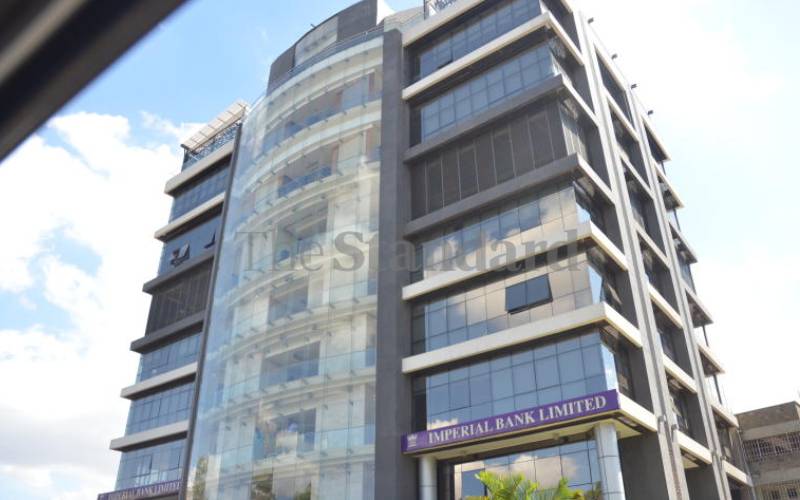×
The Standard e-Paper
Smart Minds Choose Us

Imperial Bank head office, Westlands. [Beverlyne Musili, Standard]
Deep-pocketed depositors in Imperial Bank, now under liquidation, are combing through history for hope. But there is little of it.